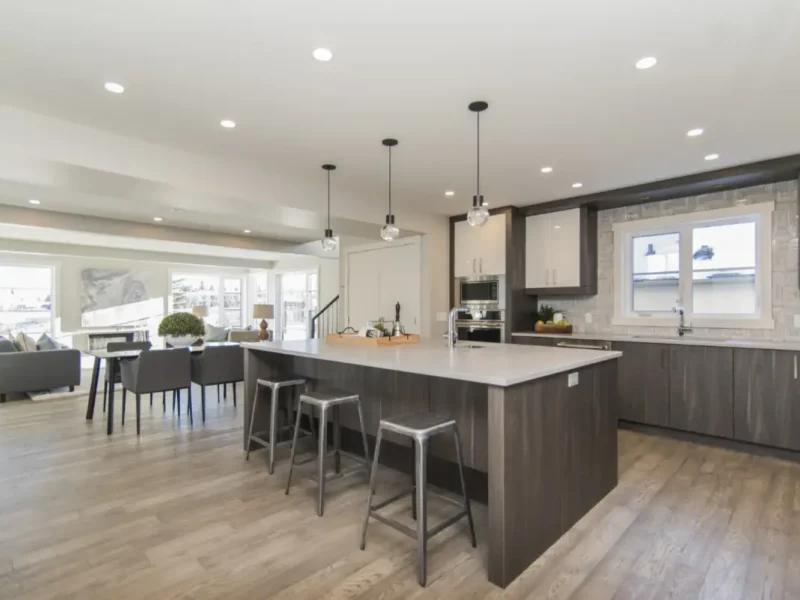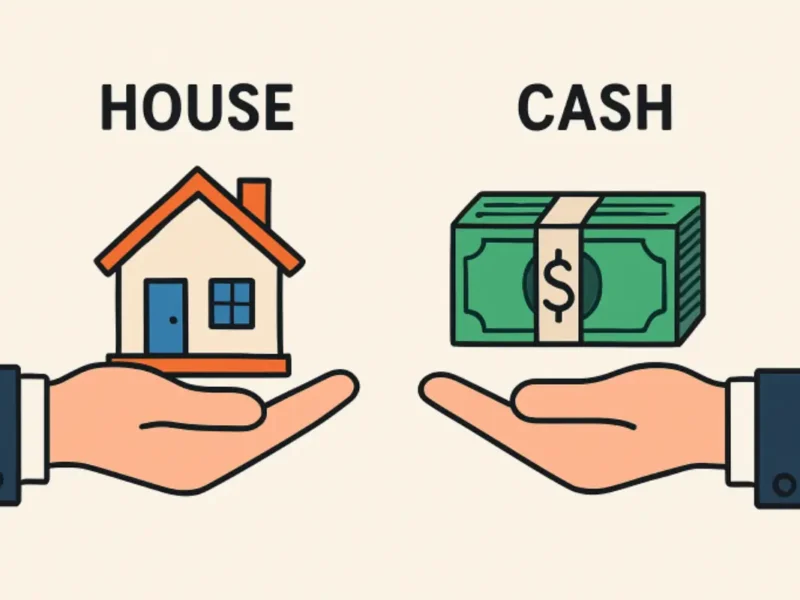When thinking about workplace design, we often get caught up in discussions about desks, lighting, and wall colors. However, there’s one element that deserves more attention: the floor beneath our feet.
Beyond aesthetics, commercial flooring has a surprising influence on everything from employee comfort and productivity to safety and brand perception.
Contents
- 1 Comfort: It’s About More Than Just Looks
- 2 Safety First: The Unseen Hero of Workplace Design
- 3 Aesthetic Appeal: Flooring Sets the Tone
- 4 Durability: Longevity Matters
- 5 Maintenance: Easy to Clean = Less Headache
- 6 Acoustics: The Sound of Productivity
- 7 Environmental Impact: Flooring with a Conscience
- 8 Don’t Overlook the Floor
Comfort: It’s About More Than Just Looks
Comfort is a big deal in the workplace. After all, if you’re standing or walking around all day, you want the surface beneath your feet to feel good, right? The wrong type of flooring can make standing for long periods uncomfortable, leading to fatigue and even physical issues like back pain.
Now, think of flooring options like carpet tiles, vinyl, or rubber. They’re often designed with comfort in mind. These materials provide cushioning, which can make a huge difference for employees who are on their feet all day.
Safety First: The Unseen Hero of Workplace Design
Safety is another key reason commercial flooring matters. Slips and falls are among the most common workplace accidents, and the type of flooring you choose can either increase or reduce this risk. For example, some materials like polished concrete may look sleek but can be slippery when wet. On the other hand, non-slip surfaces such as rubber or textured vinyl offer better traction, helping to prevent accidents.
And it’s not just about preventing slips. Different industries have different safety needs. In a healthcare setting, antimicrobial flooring is essential to maintain hygiene. In industrial environments, flooring that resists chemicals and heavy impacts is crucial. By choosing the right commercial flooring, businesses can create a safer environment for employees and visitors alike.
Aesthetic Appeal: Flooring Sets the Tone
Never underestimate the power of first impressions. When clients, partners, or potential hires walk into your workspace, they’re forming opinions based on what they see. Flooring might not be the first thing they consciously notice, but it plays a huge part in setting the overall tone.
Imagine walking into an office with plush carpet flooring – it gives off a vibe of comfort and sophistication. Contrast that with a space featuring polished concrete floors and metal accents, and suddenly the atmosphere feels modern and edgy. Your flooring choice can make your workspace feel warm and inviting or sleek and professional.
Moreover, flooring has the power to reflect your brand identity. If you want to convey sustainability, eco-friendly materials like bamboo or recycled carpets can send that message loud and clear. For a high-tech feel, sleek finishes and modern patterns in your flooring can reinforce your company’s innovative edge.
Durability: Longevity Matters
Let’s be honest. Commercial spaces see a lot of foot traffic, and the flooring needs to hold up over time. This is where durability comes into play. Unlike residential spaces, commercial flooring must withstand constant wear and tear without showing signs of fatigue.
Certain materials, like luxury vinyl tiles, are specifically designed for this purpose. They can mimic the look of natural materials like wood or stone while being much more durable and easier to maintain. Industrial-grade carpets, rubber flooring, and epoxy coatings also provide long-lasting performance, even in high-traffic areas.
Choosing the right flooring now can save you a lot of hassle and expense down the line. High-quality commercial flooring can endure years of heavy use while maintaining its appearance, reducing the need for frequent repairs or replacements.
Maintenance: Easy to Clean = Less Headache
Nobody likes dealing with high-maintenance flooring. From an operations standpoint, the easier it is to clean and maintain, the better. After all, cleanliness is a big part of the overall workplace environment. Dirty or poorly maintained floors can create a negative impression and impact workplace hygiene.
For example, hard surfaces like tile or vinyl are much easier to keep clean compared to materials like carpet, which can trap dirt and require regular deep cleaning. Choosing flooring that aligns with your maintenance capabilities is essential. It’s not just about aesthetics but also practicality in day-to-day operations.
Acoustics: The Sound of Productivity
Floors don’t just impact how a space looks or feels – they also affect how it sounds. In workplaces like open-plan offices or conference rooms, noise can be a significant distraction. The right flooring can help manage sound levels, improving the overall acoustic environment.
Carpets, for instance, are great for absorbing sound, making them ideal for spaces where you want to minimize noise. Rubber flooring also dampens sound, while harder surfaces like concrete or tiles can amplify it. By selecting the right flooring materials, you can create a quieter, more focused workspace.
Environmental Impact: Flooring with a Conscience
Sustainability is no longer just a buzzword – it’s something businesses are increasingly prioritizing. The choice of flooring can reflect a company’s commitment to the environment. Many commercial flooring options today are made from eco-friendly materials or are designed with sustainability in mind.
Options like cork, bamboo, or reclaimed wood have a lower environmental impact compared to traditional materials. Additionally, some vinyl and carpet options are made from recycled materials.
Don’t Overlook the Floor
The next time you’re planning or redesigning a workplace, remember that the flooring choice is more than just a backdrop. It has the power to influence comfort, safety, aesthetics, durability, maintenance, acoustics, and even your environmental impact. Make it count!



